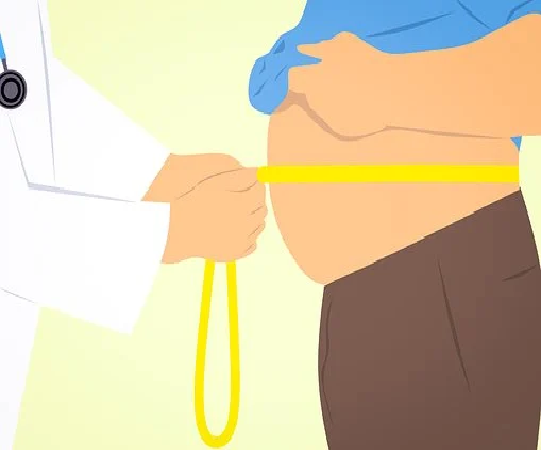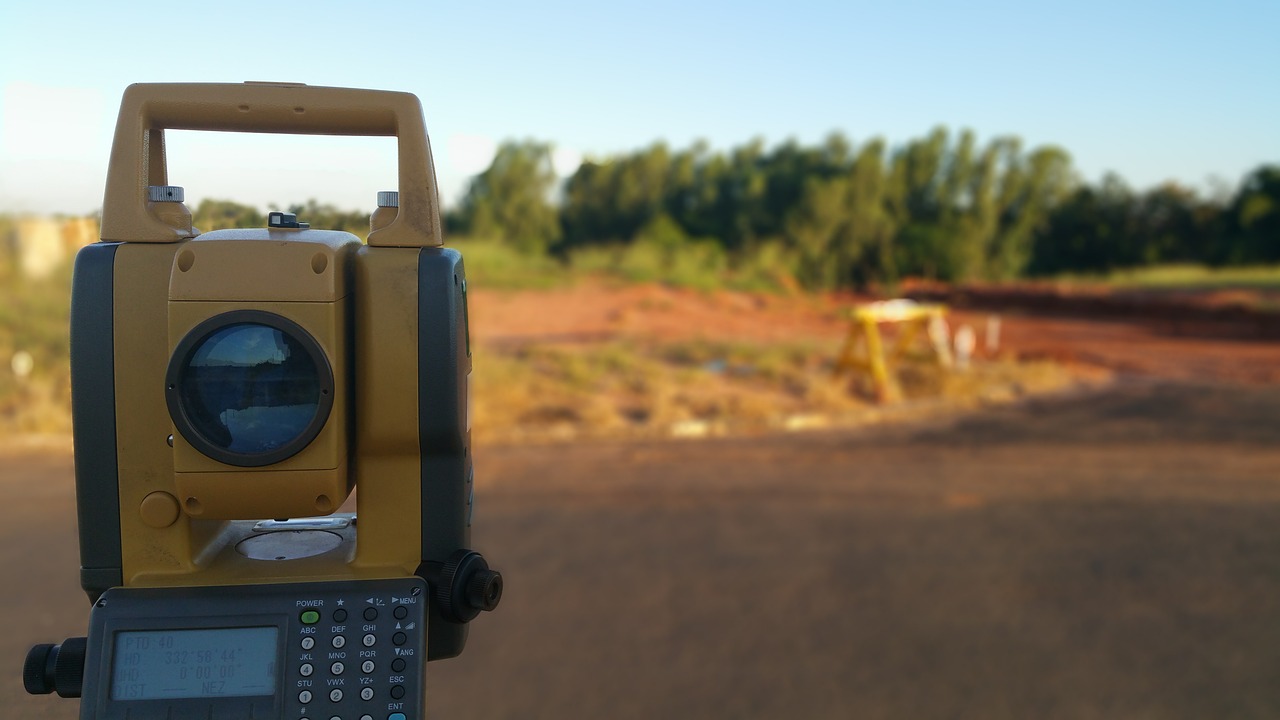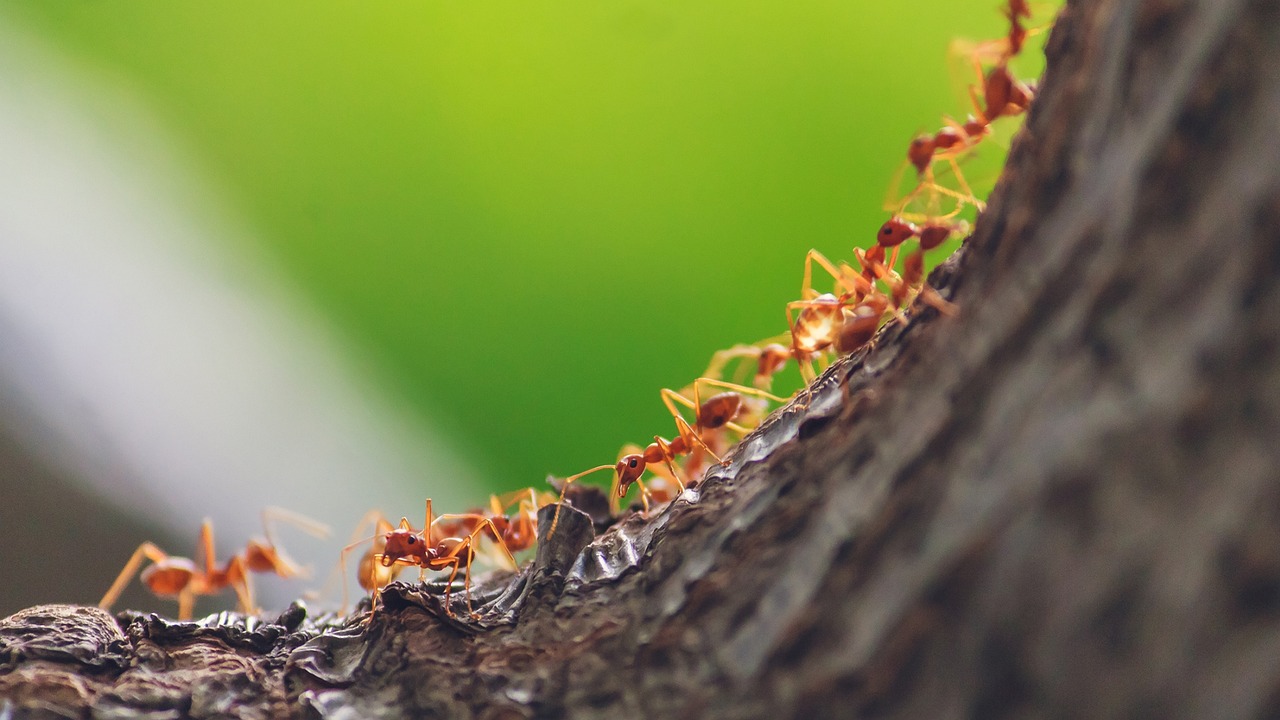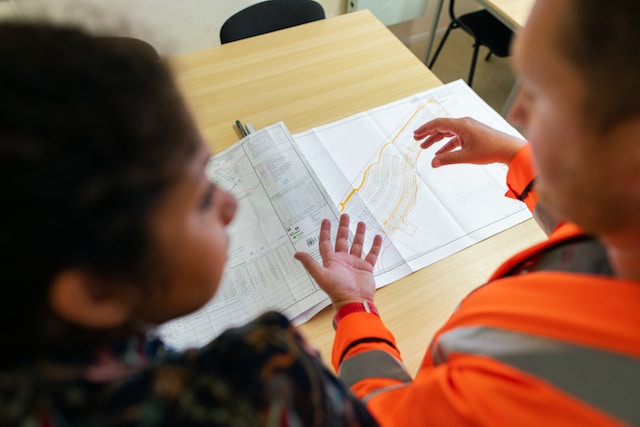For the first time since its inception in 2008, the Svalbard Global Seed Vault, or the Doomsday Seed Vault, has made a withdrawal, all because of the conflict in Syria.
The Global Seed Vault, located on the remote island of Svalbard in Norway and dug into the frozen Arctic ice, is humanity’s assurance of food perpetuation in case of a catastrophic event, such as nuclear war or an asteroid strike. It acts as a repository for some 865,000 varieties of seeds from around the globe, with an intended capacity of 2.25 billion seeds.
There are regional repositories scattered across the globe as well, and the Aleppo location was deemed to be at risk from the current conflict in Syria. Even if not immediately threatened with physical destruction, at the moment it is certainly operationally diminished. So, as a precautionary measure, some of their seeds were dispersed to eight other neighboring countries for protection.
The discord in the Middle East has also resulted in a limited ability for traditional farmers to plant crops, and thus assure seed regeneration. Some differences in common seeds may be genetically subtle, yet have uniquely adapted regional qualities. So, the International Center for Agricultural Research in the Dry Areas (ICARDA), in its newly decentralized locales, submitted a request to withdraw seeds for study and reproduction, with a particular interest in varieties of grains, such as wheat and barley, that are drought tolerant.
Loss of seed diversity is a global crisis, with a large-scale concentration of limited varieties being distributed around the world by agribusiness. “Heirloom” seeds, those hearty varieties passed down from one generation to the next, are being lost at an alarming rate. Fortunately, there are groups whose mission is to perpetuate the planting of these tried and true varieties. Whereas the market trends in seed selection (or even genetic modification) are geared toward shelf life, visual appeal, and uniformity, heirloom seed varieties have been selected by farmers for their traits such as flavor, pest and disease resistance, and adaptability to regional conditions of weather and soil type.
One purpose of the world’s regional seed banks is to provide farmers and researchers with varieties that can be used to develop characteristics to cope with today’s changing climate. Since the Aleppo vault has been unable to maintain enough seed stock to fill the requests, they asked for the return of some of the stock they have deposited at Svalbard.
Saving seeds of diverse varieties is critical to our human survival. The potato, which originated in South America, comes in dozens of varieties. There are colors of white, red, yellow, and even blue. They vary in size from small and round to large ovals. The blight that caused starvation in Ireland was able to wreak such havoc because they planted the preferred monoculture. Though the blight was devastating in Ireland, that was not the case in South America, where genetic variability left many varieties unaffected or able to resist the blight.
This withdrawal from Svalbard is nothing to be alarmed over, but it does pose a precautionary question of whether or not we humans are doing enough to assure perpetuation of seed diversity. There are still many species of plants yet to be discovered, whose habitats are rapidly diminishing, which may hold great medicinal promise. And “new” foods that have been eaten by indigenous peoples for time immemorial may offer traits that can save our own familiar foods from extinction.
What can individuals do? In addition to supporting conservation of wild places, we can perpetuate heirloom seed saving in our own local spaces and home gardens. You haven’t lived until you’ve seen the bizarre fractal appearance of Romanesque broccoli or tasted the juicy Cherokee Purple tomato on a sandwich. When it comes to food, variety truly is “the spice of life.”






